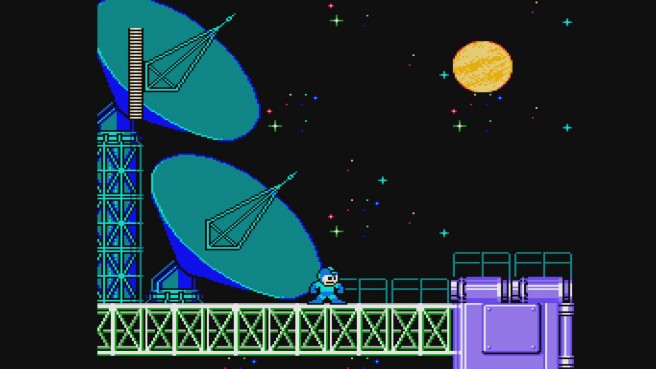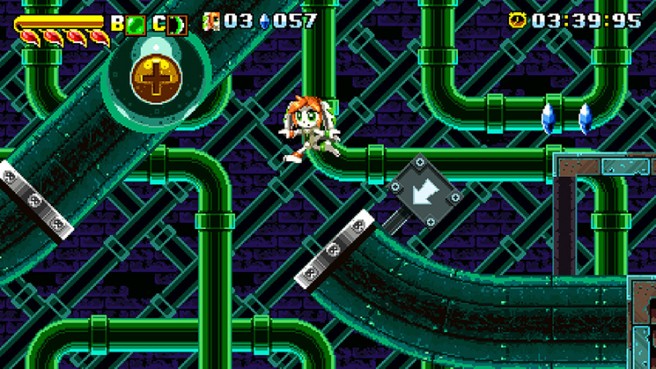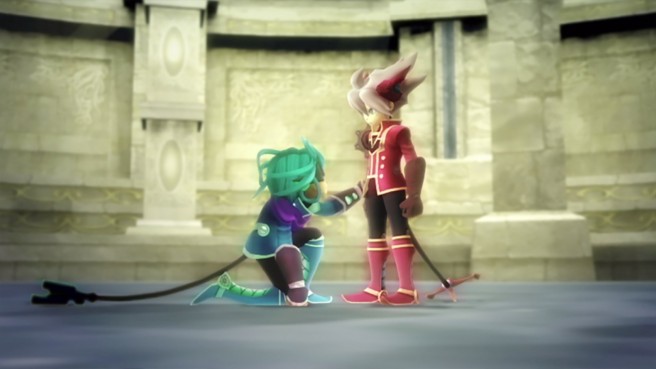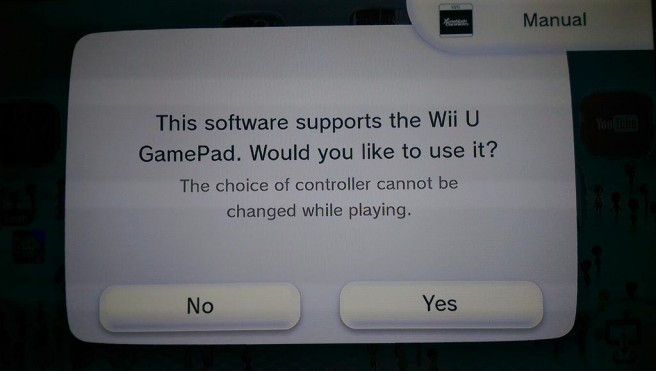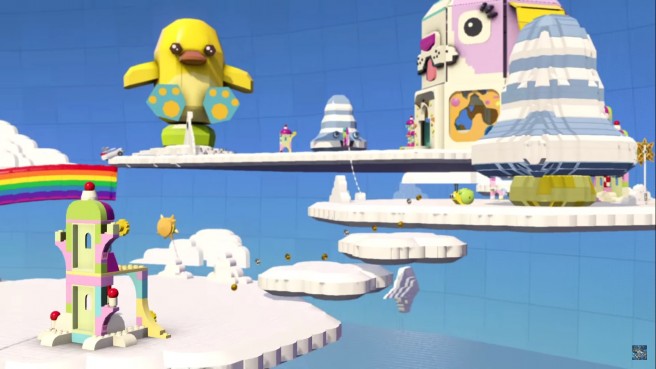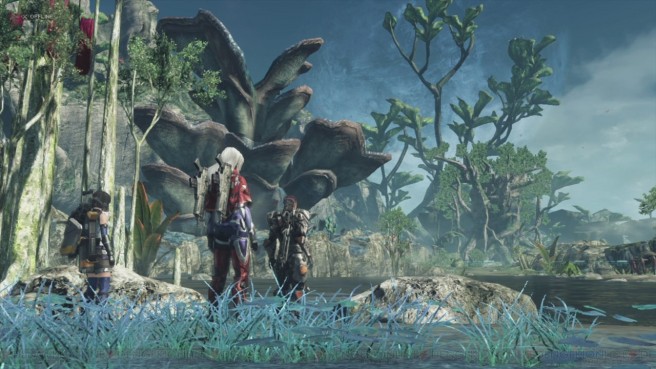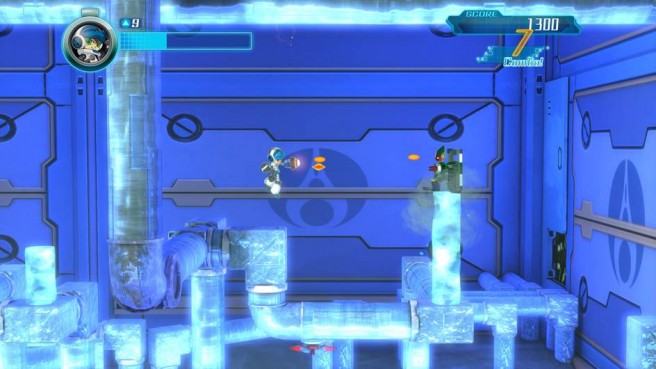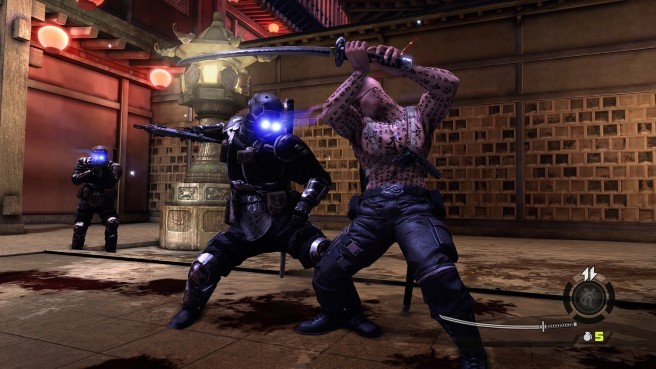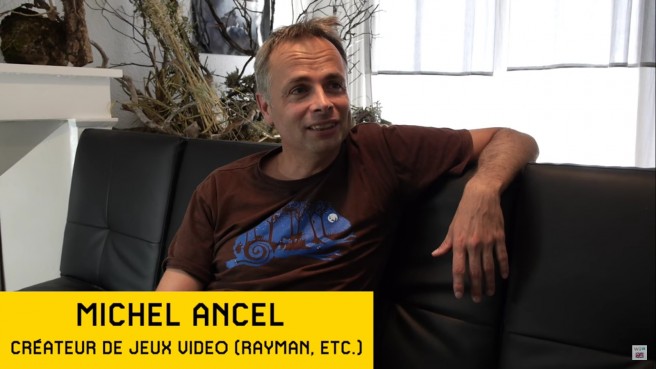Another round of Mega Man Legacy Collection footage
Posted on 10 years ago by Brian(@NE_Brian) in 3DS, Videos | 0 comments
Polygon uploaded another video from Mega Man Legacy Collection with additional footage (and an interview). Check it out below.
Freedom Planet apparently pushed back again, now out next Thursday
Posted on 10 years ago by Brian(@NE_Brian) in Rumors, Wii U eShop | 4 Comments
Update: GalaxyTrail’s official message is below. It doesn’t sound like the developer is committing to a specific date, though the thread title does state August 20.
As luck would have it, a serious bug in the Wii U version of Freedom Planet was found today that causes Wii U consoles to freeze, requiring a hard reset of the system. This bug only occurs in retail versions of the console, so neither Nintendo nor MP2 experienced the issue and we were only made aware of it by members of the press who tried the game over the past couple days.
We cannot allow the game to launch in a state that would potentially cause damage to Wii U consoles or make players think there is something wrong with their console, so we are delaying again until the issue is fixed. No one is more disappointed at this than me, but we have to do what we have to do.
Thank you for your patience and we will continue to update you on the status of our Wii U release.
Freedom Planet was initially scheduled to arrive on the North American Wii U eShop on August 3. Most recently, the title was pushed back to August 13 (this Thursday). Now it’s looking like Freedom Planet is seeing yet another slight delay.
Nintendo is now listing Freedom Planet for release on August 20, which would be next week. Let’s hope that date finally sticks!
More: Freedom Planet, GalaxyTrail, indie
Update: NA delayed as well – Rodea: The Sky Soldier delay confirmed in Europe, off-screen English gameplay
Posted on 10 years ago by Brian(@NE_Brian) in 3DS, News, Videos, Wii U | 7 Comments
Update: NIS America just sent out an official announcement regarding the game’s delay. It’s coming on November 10 in North America and November 13 in Europe. In the announcement, NIS America cited “ongoing technical difficulties”, and with the extra time, they hope to “give players the best experience possible”.
NIS America has confirmed Rodea: The Sky Soldier’s second western delay – at least in Europe. It’s now slated for release sometime during the first two weeks of November. We don’t have the official word on this yet, but it’s likely that the delay pertains to North America as well given recent retailer listings.
Footage from Rodea: The Sky Soldier’s English build is posted below. The video is based on the Wii U version of the game.
Xenoblade Chronicles for Wii U (Wii download) can be controlled with the GamePad
Posted on 10 years ago by Brian(@NE_Brian) in News, Wii U eShop | 20 Comments
Here’s a neat little piece of information that some folks may have overlooked when Xenoblade Chronicles launched on the European Wii U eShop last week. Thanks to the RPG’s support of the Classic Controller, the GamePad can be used. That essentially means that off-TV play is supported.
More: Monolith Soft, top, Xenoblade
Off-screen LEGO Dimensions Adventure Worlds footage
Posted on 10 years ago by Brian(@NE_Brian) in Videos, Wii U | 0 comments
Family Gamer TV has additional footage for the recently-revealed Adventure Worlds in LEGO Dimensions. View the new video below.
Xenoblade Chronicles X will have American and British voice acting
Posted on 10 years ago by Brian(@NE_Brian) in News, Wii U | 23 Comments
For the localized version of Xenoblade Chronicles X, the game will feature a mix of both American and British voice acting. A Nintendo representative confirmed that news tidbit during Gamescom 2015 last week.
We’ve only heard a little bit of Xenoblade Chronicles X’s English voice acting thus far. For those who missed the debut video during E3, be sure to check out this clip.
Mighty No. 9 – sound creator profiles part 2
Posted on 10 years ago by Brian(@NE_Brian) in 3DS, Videos, Wii U | 1 Comment
A new Mighty No. 9 video hit the net today showing more sound creators for the game. Ippo Yamada was responsible for the first stage while Manami Matsumae led the way on stages 2, 5, and 8. Check out the new video below.
Hit up the official Mighty No. 9 website for details about live performances from lead composer Manami Matsumae at PAX Prime and rePLAY.
More: Comcept, Deep Silver, Inti Creates, Mighty No. 9
Devil’s Third – UK gameplay ad
Posted on 10 years ago by Brian(@NE_Brian) in Videos, Wii U | 5 Comments
Nintendo UK has gone live with a gameplay ad for Devil’s Third, which launches on August 28. Watch it below.
More: commercial, Devil's Third, UK, Valhalla Game Studios
DeNA West CEO on the Nintendo partnership, thinks titles could “change the way people play mobile games”
Posted on 10 years ago by Brian(@NE_Brian) in Mobile, News | 19 Comments
During Pocket Gamer Connects San Francisco 2015, DeNA West CEO Shintaro Asako further commented on DeNA’s partnership with Nintendo.
He said:
“The Nintendo deal is a huge, huge deal. Nintendo has the best IP, and IP that’s perfect matched to smartphones”.
Asako also spoke about how talks with Nintendo began years ago. Originally, DeNA hoped that Nintendo would be interested in releasing games on Mobage.
More: DeNA, interview, Shintaro Asako, top
Super Mario Maker – Michel Ancel interview, now with English subtitles
Posted on 10 years ago by Brian(@NE_Brian) in Videos, Wii U | 0 comments
Nintendo of France published a video interview with Rayman creator Michel Ancel last week, who is making a level for Super Mario Maker. Naturally, it was only available in French at the time. But Nintendo UK has now uploaded the same video with English subtitles, which you can watch below.
